Ceramic Tint vs Carbon Tint: Which One is Right for You?
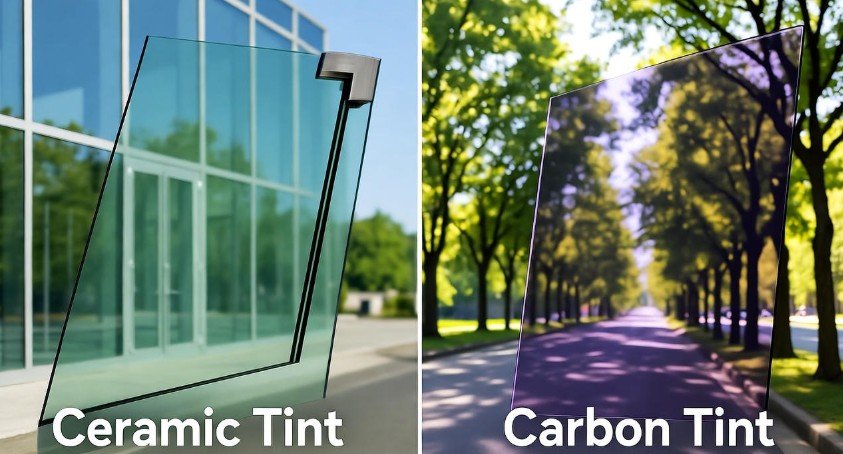
If you’ve ever sat in a car on a sunny afternoon, you know the discomfort of hot seats and blinding glare. Window tinting solves that — but not all tints are created equal. Two of the most talked-about options today are ceramic tint and carbon tint. Both claim to keep your car cool, protect your skin, and make your ride look sleek. But which one truly delivers the best results for your lifestyle and budget?
I remember the first time I upgraded my old car’s tint. I had no clue there were so many options — dyed, metallic, hybrid, carbon, ceramic. The salesperson started talking about “infrared rejection” and “UV filtering,” and I felt like I was in a science class. That experience taught me that choosing the right window tint isn’t just about looks; it’s about performance, comfort, and long-term value.
So, let’s break down everything you need to know about ceramic tint vs carbon tint — what they are, how they perform, and which one truly fits your needs.
Understanding Window Tints: More Than Just Shade
Before diving into the differences, it helps to understand what window tints actually do. At their core, tint films are thin layers applied to glass surfaces — in cars, homes, or offices — to block sunlight, UV rays, and heat.
These films can:
-
Reduce glare from the sun and headlights
-
Block harmful UV rays that damage skin and interior materials
-
Lower interior temperature, making your space cooler
-
Enhance privacy, keeping prying eyes away
-
Improve safety by holding shattered glass together
Window tints have evolved dramatically. Early tints were dyed films that faded over time, turning purple and brittle. Today, we have carbon and ceramic technologies that use advanced materials to create a durable, high-performance barrier against heat and sunlight.
Think of tint films like sunscreen for your windows — they protect what’s inside while maintaining a stylish appearance.
What Is Carbon Tint? The Deep Matte Classic
Carbon tint is known for its rich, non-reflective black finish. It’s made by embedding microscopic carbon particles into a polyester base layer. This gives the film its signature matte look and its impressive ability to block heat and UV radiation without a metallic shine.
One of the biggest advantages of carbon tint is that it doesn’t interfere with radio, GPS, or cell signals, unlike older metallic films. Its deep color provides a premium, uniform appearance, making it a favorite among car enthusiasts who love that stealthy, blackout style.
Here’s what makes carbon tint stand out:
-
Blocks up to 40% of infrared (IR) heat
-
Rejects more than 99% of UV rays
-
Doesn’t fade or bubble easily
-
Offers a clean, non-reflective finish
The carbon particles absorb sunlight rather than reflect it, keeping interiors cooler. Over time, this helps prevent dashboard cracking, seat fading, and general interior wear.
However, while carbon tints perform well for the price, they can’t compete with the top-tier heat rejection offered by ceramic films. They’re great for everyday comfort, but not always ideal for extreme climates or long drives under scorching sun.
What Is Ceramic Tint? The High-Tech Powerhouse
If carbon tint is the strong, reliable workhorse, ceramic tint is the cutting-edge innovator. Instead of carbon or metal, it uses nanoceramic particles — the same material found in spacecraft and advanced electronics — to block heat and radiation.
This technology allows ceramic tint to reject up to 80–90% of infrared radiation (IR) while maintaining excellent visibility. That means you can keep your car or home much cooler without darkening your windows too much.
Ceramic tint is often called the “gold standard” of window films because it offers:
-
Superior heat rejection and UV protection
-
High optical clarity (no hazy or cloudy look)
-
Enhanced glare reduction
-
Durability against fading, peeling, and scratching
-
No signal interference
To visualize it: imagine ceramic tint as an invisible shield that works at the molecular level, deflecting heat and radiation while allowing light to pass through naturally.
Of course, these benefits come at a price. Ceramic tints are generally more expensive — sometimes double the cost of carbon tints — but their long-term performance, comfort, and longevity often make the investment worthwhile.
A Short History: From Dyed Films to Nanotechnology
Window tinting didn’t start with high-tech materials. In fact, early tints were simple dyed films used as far back as the 1940s and 1950s. These films offered color but lacked durability and heat protection.
-
1980s: The introduction of ceramic tints revolutionized the industry. With advanced ceramics, drivers and homeowners could finally enjoy clear, heat-reducing films that didn’t fade.
-
1990s: Carbon tints entered the scene as a stylish, affordable option that combined durability with a rich black look.
-
2000s–2010s: Manufacturers refined both technologies, improving UV resistance, reducing glare, and creating multi-layer coatings for longer life.
Today, we live in the era of smart window films, where performance and aesthetics go hand in hand. Choosing between ceramic tint vs carbon tint now depends less on availability and more on personal priorities — comfort, appearance, or budget.
Performance Face-Off: Ceramic vs Carbon Tint
Let’s get down to what really matters — performance. How do these two compare when it comes to heat, clarity, and comfort?
| Feature | Ceramic Tint | Carbon Tint |
|---|---|---|
| Heat Rejection (IR) | 80–90% | 40–60% |
| UV Protection | Up to 99% | Up to 99% |
| Glare Reduction | Excellent | Moderate |
| Signal Interference | None | None |
| Durability | Exceptional | Very Good |
| Appearance | Slightly reflective, clear | Deep matte, non-reflective |
| Cost | Higher | More affordable |
Ceramic tint wins when it comes to heat rejection and clarity. You can sit inside your car on a sunny day and actually feel the difference — the cabin stays cooler, and visibility remains sharp, even at night.
On the other hand, carbon tint is a solid performer for those who want effective UV protection and a bold look without breaking the bank. Its color doesn’t fade, and it’s much more resilient than traditional dyed films.
So, if you live in a hot, sunny region like Arizona, Texas, or Florida, ceramic tint might be your best bet. But if you’re after affordability and classic aesthetics, carbon tint delivers great value.
Aesthetics and Style: How They Look on Your Car or Building
Looks matter — especially when it comes to cars and buildings. The right tint can transform the overall personality of your vehicle or space.
Carbon tint offers a rich, dark, and matte appearance. It doesn’t have a mirror-like reflection, which makes it ideal for drivers who want a stealthy, professional look. Think of it as a luxury suit — clean, classic, and timeless.
Ceramic tint, on the other hand, has a slightly reflective finish that can appear more modern or high-tech. It often looks lighter from the outside but performs better than darker films. This makes it perfect for those who want performance without extreme darkness.
Here’s a quick example:
When I installed carbon tint on my first car, it gave it a bold, blacked-out look that turned heads. But later, when I switched to ceramic tint on my new SUV, I noticed not just a cooler cabin but a much cleaner, more upscale finish — almost like wearing sunglasses that didn’t distort colors.
So, your choice depends on your priorities: do you want a deep, dark aesthetic or a balanced, crystal-clear finish that feels luxurious?
Durability and Longevity: Which Tint Lasts Longer?
No one wants a tint that bubbles, fades, or peels after a few summers. That’s why durability is key.
Ceramic tints are known for their exceptional longevity. They resist fading, cracking, and discoloration — even under intense sunlight or extreme temperatures. Thanks to the advanced ceramic particles, the film doesn’t break down easily and can last 10 years or more with proper care.
Carbon tints are also durable, especially compared to dyed films. They typically last around 5–8 years, depending on exposure and quality. The carbon particles help prevent color fading, so the tint maintains its dark tone much longer than traditional films.
In short:
-
If you want maximum lifespan and protection, go for ceramic tint.
-
If you want a reliable mid-range option, carbon tint is still an excellent choice.
Maintenance also plays a role. Avoid harsh cleaning products, use a microfiber cloth, and let the film cure properly after installation. Small habits can make a big difference in how long your tint stays flawless.
Real-World Comfort: Feel the Difference Inside
Let’s talk about what really matters — how each tint feels day to day.
On a hot summer afternoon, a ceramic-tinted car can feel like an oasis. Even when the sun is blazing, the cabin remains cool, and the air conditioning works more efficiently. You can rest your arm on the window without that burning sensation.
In comparison, carbon tint still blocks a good amount of heat, but it’s noticeable that ceramic performs better during peak hours. Think of it as the difference between sitting under a shade tree and sitting inside an air-conditioned room — both are better than full sun, but one is clearly more comfortable.
If you frequently drive long distances or park outdoors, the comfort boost from ceramic tint can genuinely enhance your experience.
Applications: Where Ceramic and Carbon Tints Shine
Both ceramic and carbon tint films are versatile and can be applied in multiple settings. While most people think of cars, these tints are equally valuable for homes, offices, and even public transport.
Automotive Use: Cars, SUVs, and trucks benefit immensely from tinted windows. Ceramic tint is ideal for vehicles in hot climates, where IR rejection matters most. Carbon tint works well for drivers who want a sleek, stealthy look without the premium price tag. Both types protect your interior from fading, reduce glare on dashboards, and provide privacy from curious onlookers.
Residential Use: Tints are excellent for homes, especially those with large windows exposed to direct sunlight. Ceramic tint helps keep rooms cooler, lowers energy bills, and preserves furniture, curtains, and flooring from UV damage. Carbon tints provide a bold, non-reflective look, perfect for urban settings where privacy is a priority.
Commercial Buildings: Office spaces, retail stores, and restaurants can leverage window tints for energy efficiency and comfort. Ceramic films reduce glare on computer screens and maintain a professional appearance, while carbon films offer consistent aesthetics and privacy for customers or employees.
Special Applications: From marine vessels to airplanes, buses, and trains, both films are utilized to enhance comfort, reduce heat, and protect passengers. Ceramic tints are especially valued in aviation and marine environments for their heat and UV blocking without reducing visibility.
Choosing the Right Tint: Factors to Consider
Selecting the ideal window film depends on your priorities. Here’s a breakdown to help:
1. UV and Heat Protection: If your goal is to maximize protection against sunlight and heat, ceramic tint is the winner. Its superior infrared rejection keeps interiors cooler and shields against harmful rays.
2. Glare Reduction: For reducing glare on screens or windows while driving, ceramic films again have the edge due to their reflective properties. Carbon films reduce glare moderately but are slightly less effective in this department.
3. Appearance: Consider the look you want. Carbon tints offer a deep, matte black appearance, while ceramic tints have a subtle reflective sheen that keeps interiors bright without sacrificing performance.
4. Durability: Both films are durable, but ceramic tints are slightly more resistant to fading, cracking, and peeling due to advanced materials and multi-layer construction.
5. Budget: Carbon tints are more affordable and still offer solid performance. Ceramic tints cost more but provide longer-lasting comfort and protection.
A helpful analogy: Think of carbon tint as a reliable daily driver, and ceramic tint as a high-performance luxury car — both get the job done, but one offers superior efficiency and comfort.
Installation and Maintenance: Keeping Your Tint Flawless
Proper installation is crucial for both ceramic and carbon tints. Most professionals follow these steps:
-
Cleaning the Surface: Windows must be spotless. Dirt or debris can create bubbles under the film.
-
Measuring and Cutting: Precise measurements ensure full coverage without waste.
-
Application: The film is carefully positioned and smoothed to remove bubbles.
-
Trimming: Excess edges are trimmed for a perfect fit.
-
Curing: Allow adhesive to bond fully, usually a few days before cleaning aggressively.
Maintenance is simple: use a mild soap and water solution, avoid harsh chemicals, and clean with a microfiber cloth. Both tints are resistant to fading and peeling, but a little care ensures long-lasting performance.
Cost Considerations: Investing in Comfort and Style
Cost is often a decisive factor. Here’s a rough comparison:
-
Carbon Tint: $150–$300 for a standard car, depending on brand and shade.
-
Ceramic Tint: $250–$600 for similar coverage, reflecting its advanced technology and superior heat rejection.
While ceramic tints are more expensive upfront, many users find the long-term savings in cooling costs and reduced interior wear well worth the investment. Think of it as paying a little more now to enjoy years of comfort and protection.
Pros and Cons: Side-by-Side Comparison
| Feature | Ceramic Tint | Carbon Tint |
|---|---|---|
| Heat Rejection | Excellent | Good |
| Glare Reduction | Excellent | Moderate |
| UV Protection | Up to 99% | Up to 99% |
| Appearance | Slightly reflective | Deep matte black |
| Durability | Very high | High |
| Cost | Higher | Moderate |
Pros of Ceramic Tint: Superior heat and UV protection, glare reduction, long lifespan, modern aesthetic.
Cons of Ceramic Tint: Higher cost, slightly reflective finish may not suit all styles.
Pros of Carbon Tint: Affordable, matte non-reflective appearance, excellent UV protection, durable.
Cons of Carbon Tint: Less glare reduction, slightly lower heat rejection than ceramic.
Conclusion: Which Tint is Right for You?
Both ceramic and carbon tints provide excellent benefits, but your choice depends on priorities:
-
Choose ceramic tint if you want maximum comfort, high heat rejection, glare reduction, and a long-lasting investment. Ideal for hot climates or professional settings.
-
Choose carbon tint if you want an affordable, durable option with a deep, matte appearance and solid UV protection. Great for style-conscious users on a budget.
Ultimately, both films protect your skin, interior, and eyes while enhancing privacy and safety. Whether on a vehicle, home, or office, your choice will transform the environment, making it cooler, safer, and more comfortable.
FAQs: Ceramic Tint vs Carbon Tint
1. What’s the main difference between ceramic and carbon tint?
Ceramic tint uses nanoceramic particles for superior heat rejection, glare reduction, and optical clarity, while carbon tint uses carbon particles for a deep, matte look with good UV protection.
2. Can these tints block 100% of UV rays?
Most high-quality ceramic and carbon films block up to 99% of harmful UV rays, protecting interiors and skin.
3. Will carbon or ceramic tint affect my car’s electronics?
No. Both are non-metallic, so they don’t interfere with GPS, radio, or cellular signals.
4. Are tints available in different shades?
Yes. Shades range from light to dark, allowing customization for aesthetics, privacy, and heat rejection.
5. How long do these tints last?
Ceramic tints can last 10+ years, while carbon tints typically last 5–8 years, depending on exposure and care.
6. Can I install these tints myself?
While DIY kits exist, professional installation ensures optimal performance, bubble-free application, and durability.
7. Are ceramic tints worth the extra cost?
If you prioritize heat rejection, glare reduction, and long-term comfort, ceramic tint is often worth the higher price.
8. Can tints be removed if needed?
Yes. Both films can be peeled off with minimal effort. Professional removal ensures no residue or damage to glass.

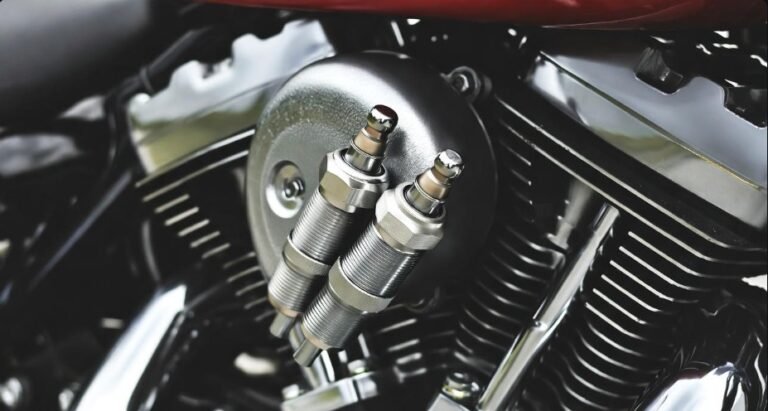
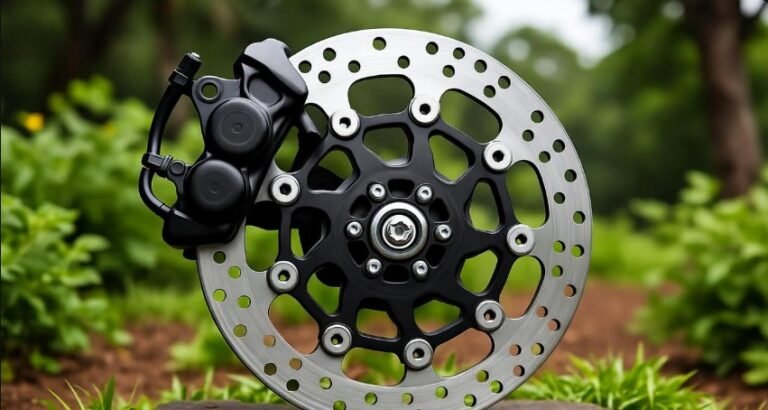
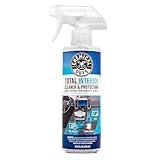
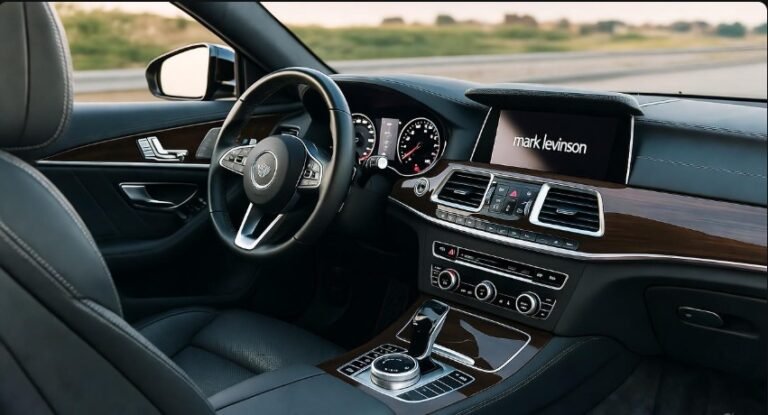

![Maryland Window Tint Laws [Updated, 2025] – Everything You Must Know Before Tinting Your Car 7 Maryland Window Tint Laws [Updated, 2025] – Everything You Must Know Before Tinting Your Car](https://aautomotives.com/wp-content/uploads/2025/10/Maryland-Window-Tint-Laws-Updated-2025-–-Everything-You-Must-Know-Before-Tinting-Your-Car-768x409.jpg)